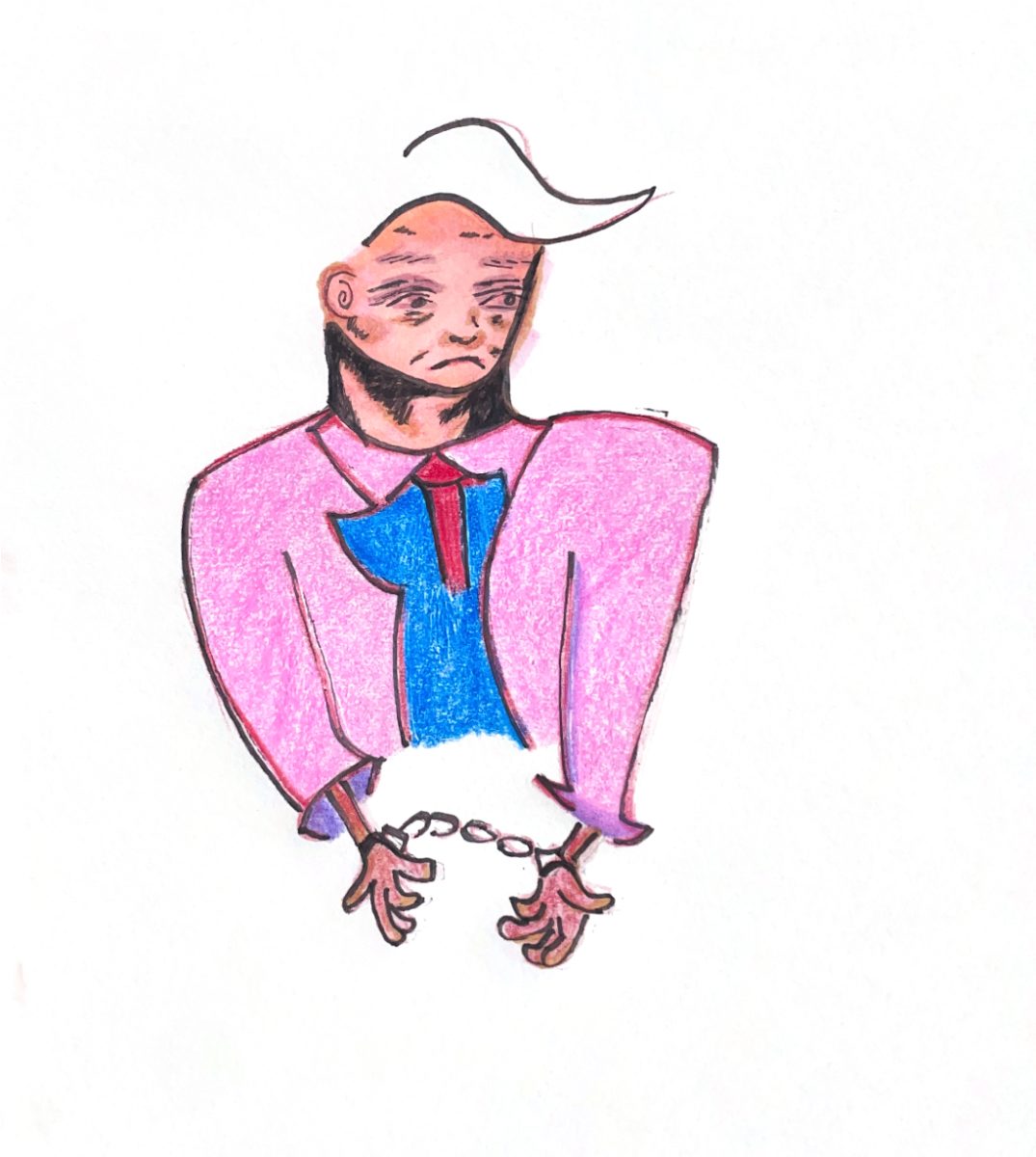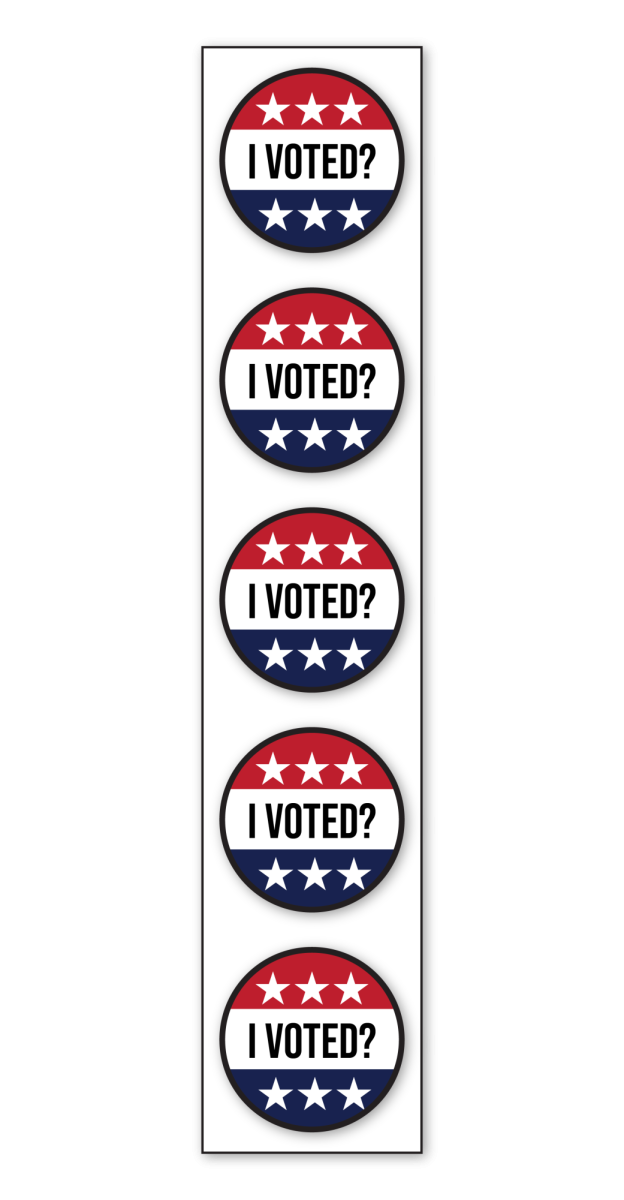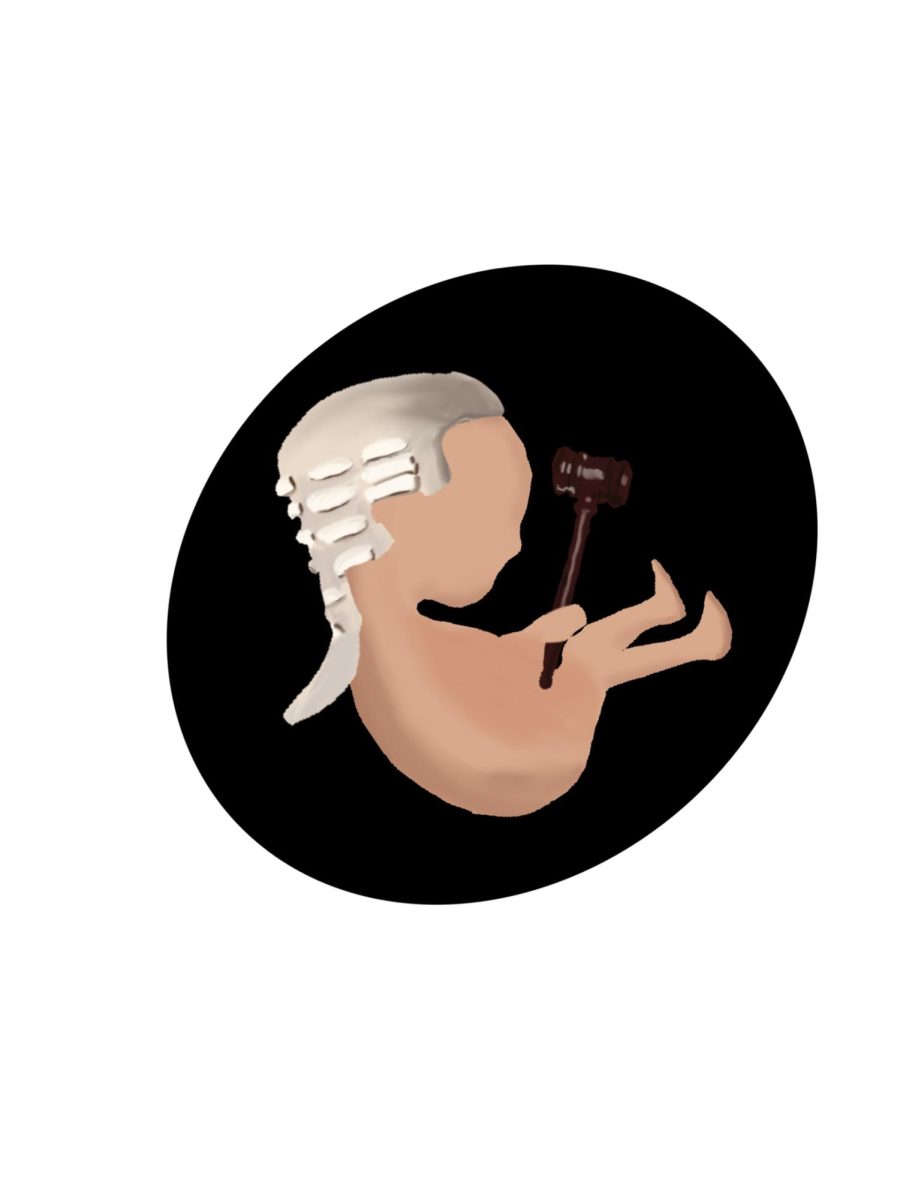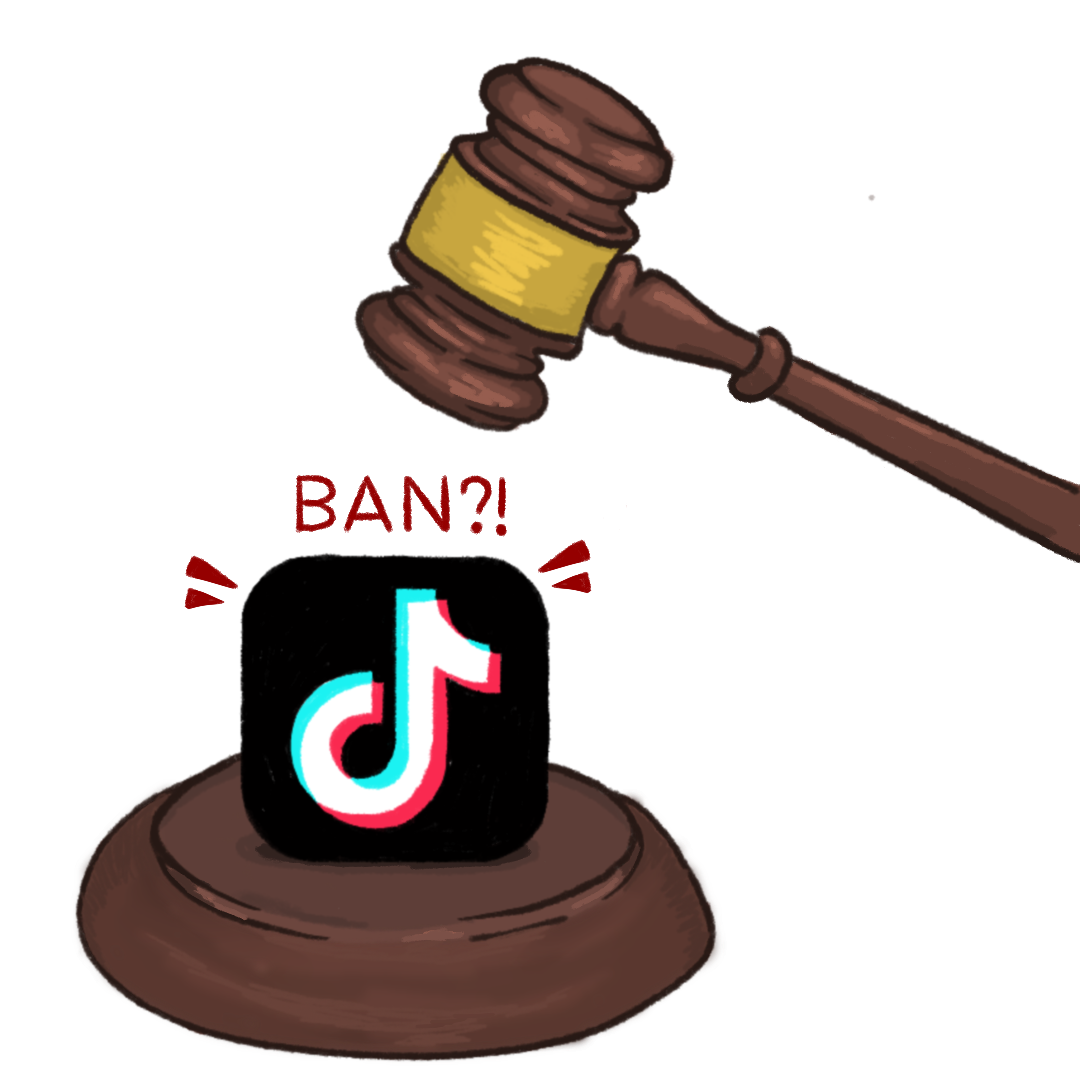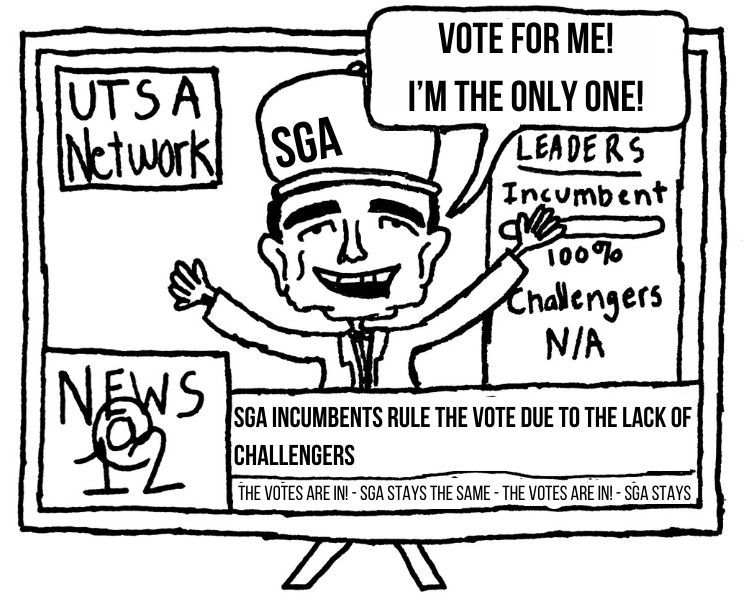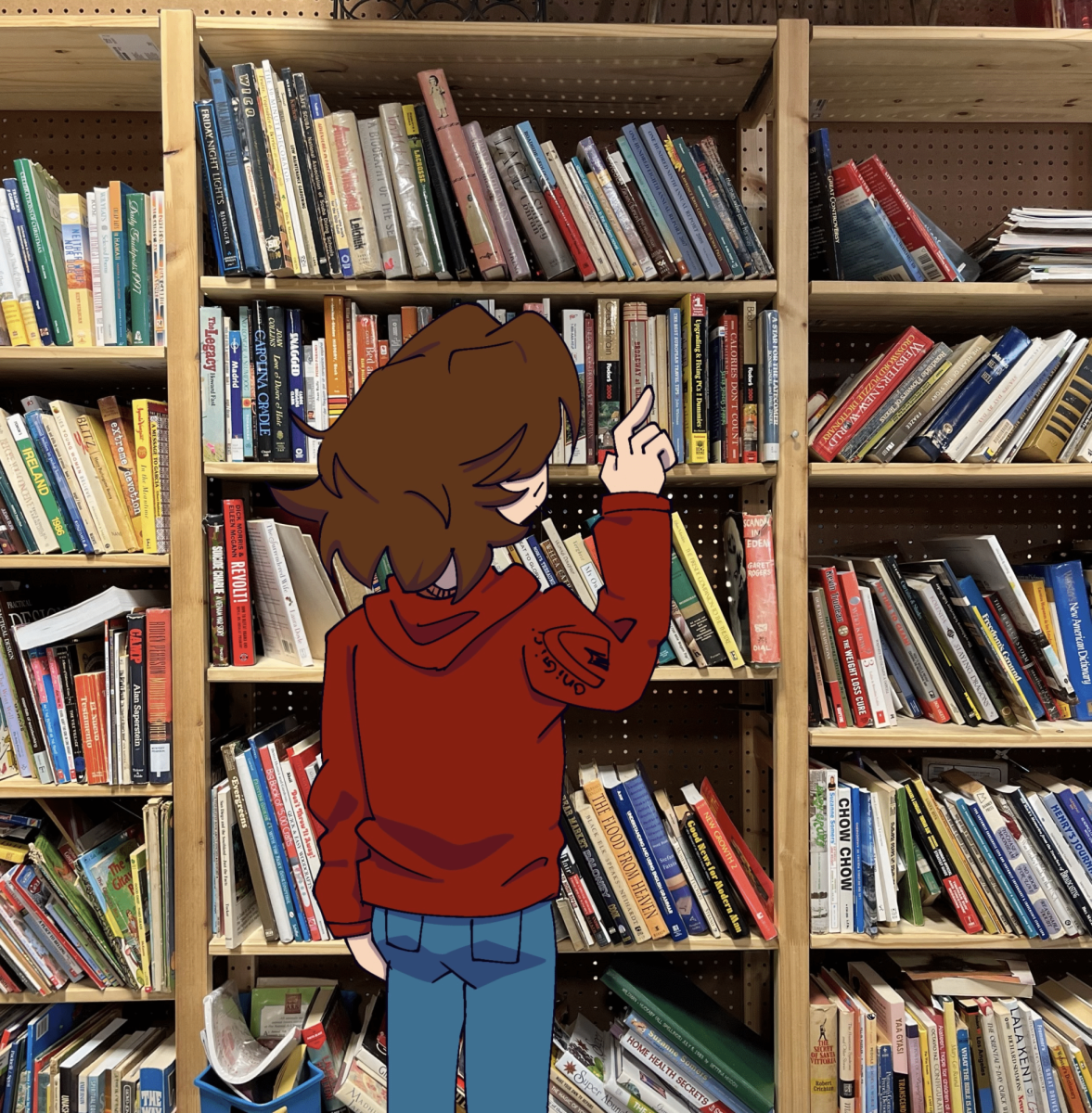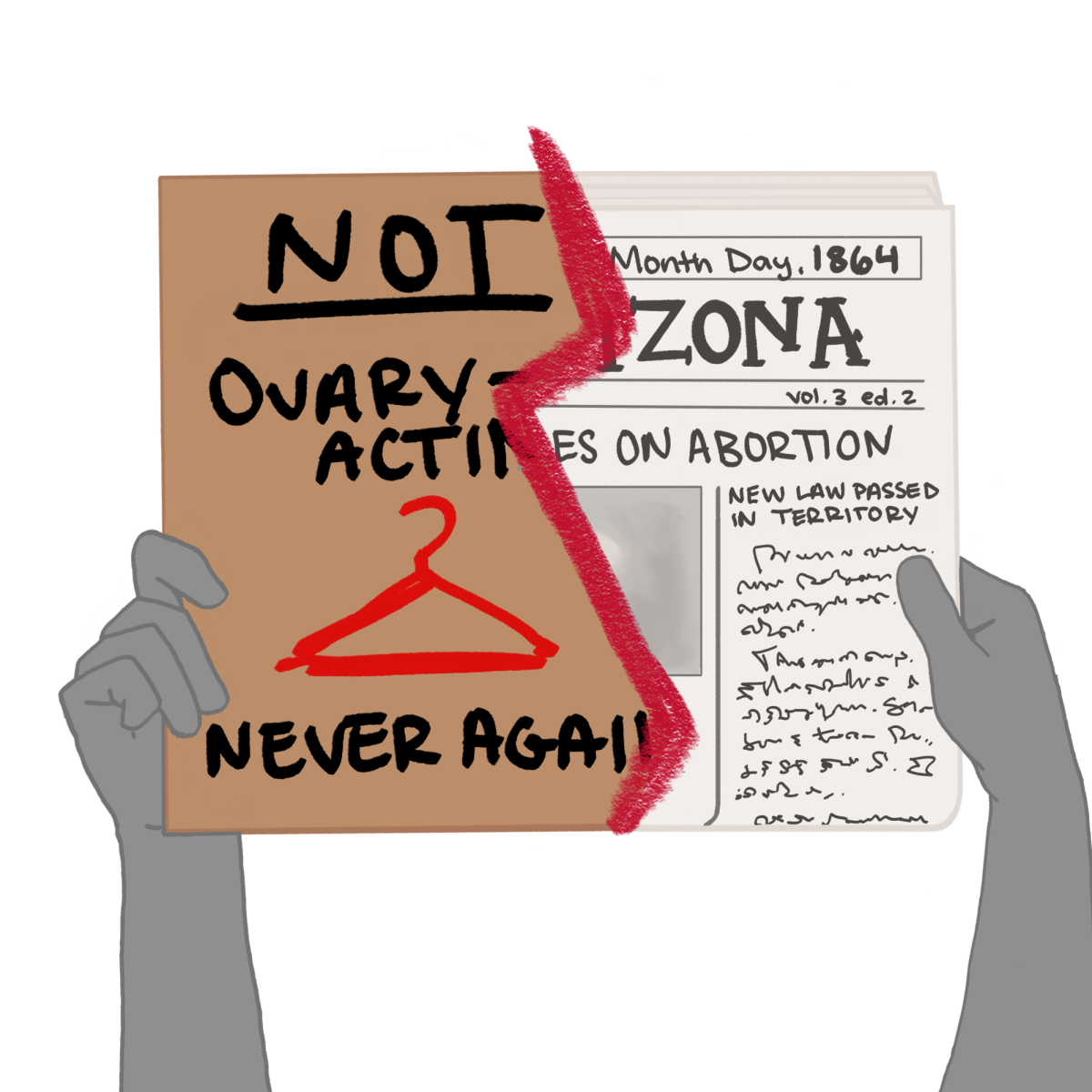

It has been reported by G.I. Jobs that UTSA is one of the most military- friendly
schools for 2014. UTSA’s Main Campus has several resources avail- able to its student veterans. A few of the resources listed are the VetSuccess program, two full-time vocational counselors, a Veterans Affairs office and an online veteran portal at http://www.utsa.edu/va/. Unfortunately, even to the trained eye it can be hard to find or feel a sense of the military atmosphere that UTSA is described to have.
The VA office at UTSA is located on the second floor of the McKinney Humanities Building, but you wouldn’t know this if you were looking at a map of the cam- pus or even if you were standing outside the MH building itself. In order to find the VA office, a veteran would more than likely need to ask another veteran, who had already somehow located the office. If, by chance, you had a class on the second floor of this building, you might take notice of the white paper signs that are taped to walls at hallway intersections and entryways, point- ing in the direction of the VA office, room number 3.01.26. The difficulty in finding, or lack of recognition that this office exists, could be misconstrued as a disinterest in the needs of student veterans.
At UTSA, the average retention rate for freshmen is 59.5%. This rate could increase if student veterans felt the “military friendly” atmosphere that UTSA affirms it has. UTSA’s student organizations have offices and designated meet- ing areas for them to come together as an individual community. UTSA could exhibit its support for its student veterans by designating a room or office for their sole use.
Currently, the Student Veteran’s Association is passing around a petition to fellow student veterans in hopes that numbers will count and that one day they might get a designated area for their use. This lo- cation could be named something like “Camaraderie Commons” and be a designated place for student veterans to come together, network, obtain college and military benefits information, form friendships, unwind with others that they feel comfortable around, find a sense of belonging, get help on class work and even form carpools.
For many veterans, the transition from military life back to civilian life is a strenuous undertaking, but if student veterans felt like they had a place for them to be the persons they have been for so long, the road ahead just might appear less bleak. No longer is there the all-encompassing sense of uniformity and camaraderie that a military member is accustomed to; instead there is an unclear and often time lonesome road.
In the end, if UTSA really wants to express its support and appreciation for its military-affiliated students, tangible forms of support could do everything for the university but hurt their desired military- friendly outlook.







